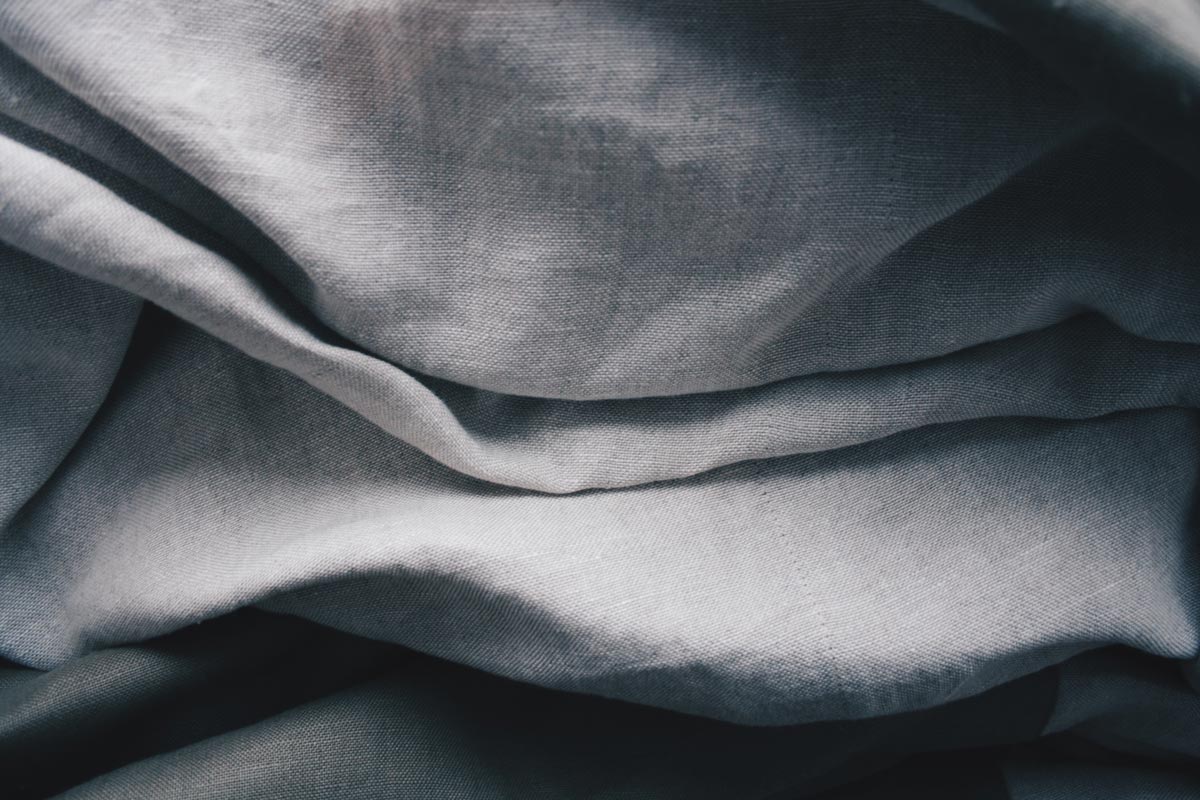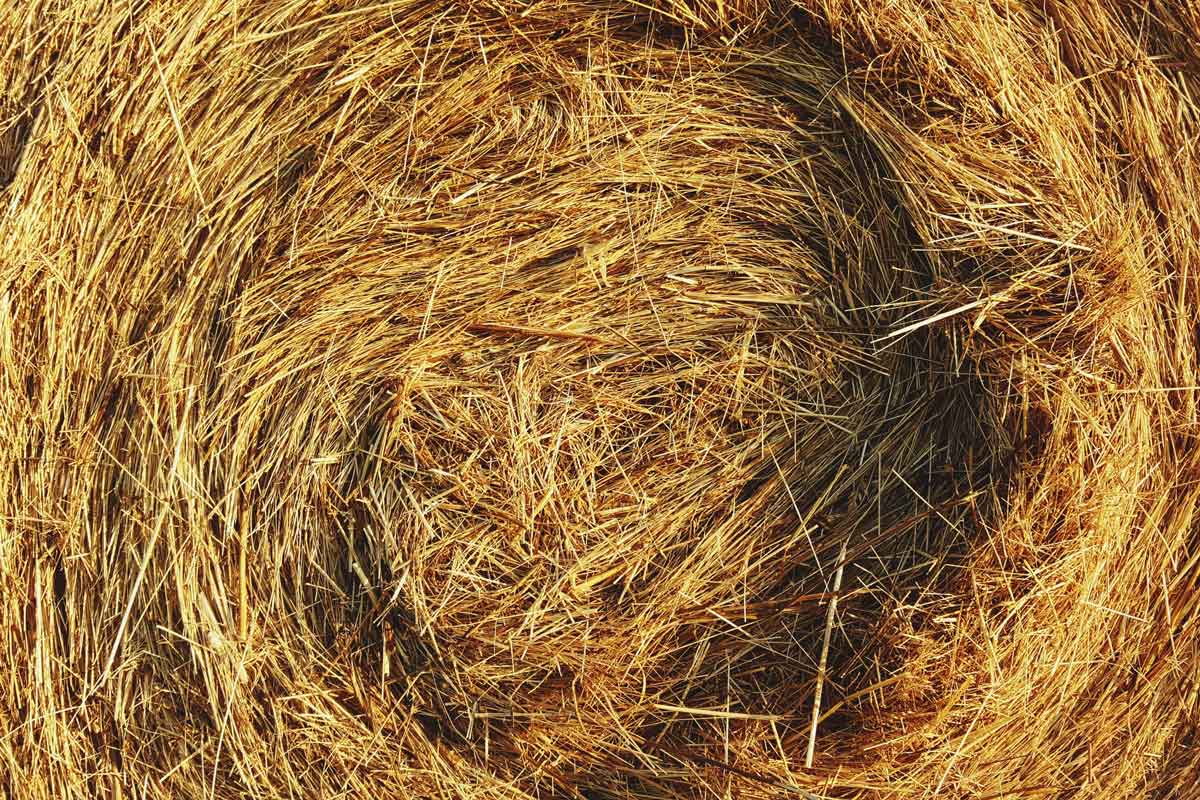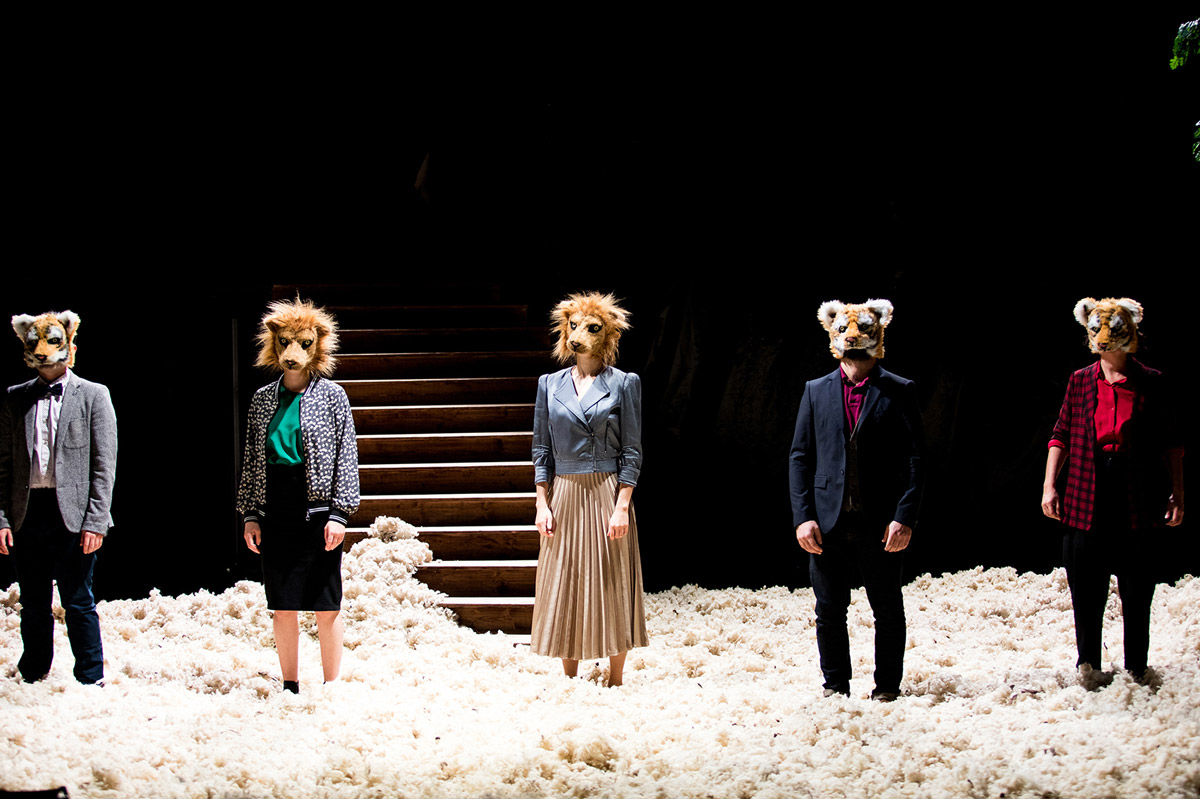What is a fabric made of ?
It is a material woven from fibers or threads in a warp and weft that will give a textile or fabric. We must distinguish, natural fabrics from synthetic fabrics! The former are made from fibers of vegetable origin (cotton, linen, hemp, jute, etc.) or animal fibers (silk, alpaca, etc.). They are easier to flame retardant. The second (polyester, polyamide, acrylic, polyethylene, polypropylene, etc.) are obtained by synthesis of chemical compounds mainly of hydrocarbons. They are more difficult to flame retard because often mixed with other synthetic fibers making treatment difficult.
Flame retardant solutions
Natural fabrics soak into the heart of the fiber, synthetic fabrics do not soak but their fibers are coated with flame retardant solution. The impregnation is done by soaking, padding or spraying depending on the weight and thickness. Sheers or fine fabrics are soaked in a tray, “heavy” fabrics (double curtains, stage curtains of the velvet type) are sprayed front and back.
Hydroflam® TN12 provides an M1 classification on fabrics based on natural fiber natural fiber
Hydroflam® AP15 allows to obtain an M1 classification on acrylic, polyethylene, polypropylene fabric for example.
* user must check that the fabrics have not undergone anti-stain or water repellent treatments because these make any other treatment impossible (test: pour a little water on the fabric, if the water penetrates, it is OK, if the water drops slide on the fabric without penetrating, it is impossible to fireproof!). Washing can possibly restore the textile’s fire retardant absorption properties.
Fire regulations
See the Fire Ratings section for more information. As a reminder, the “Euroclass” classifications mainly concern construction products and not furnishings and decoration.




